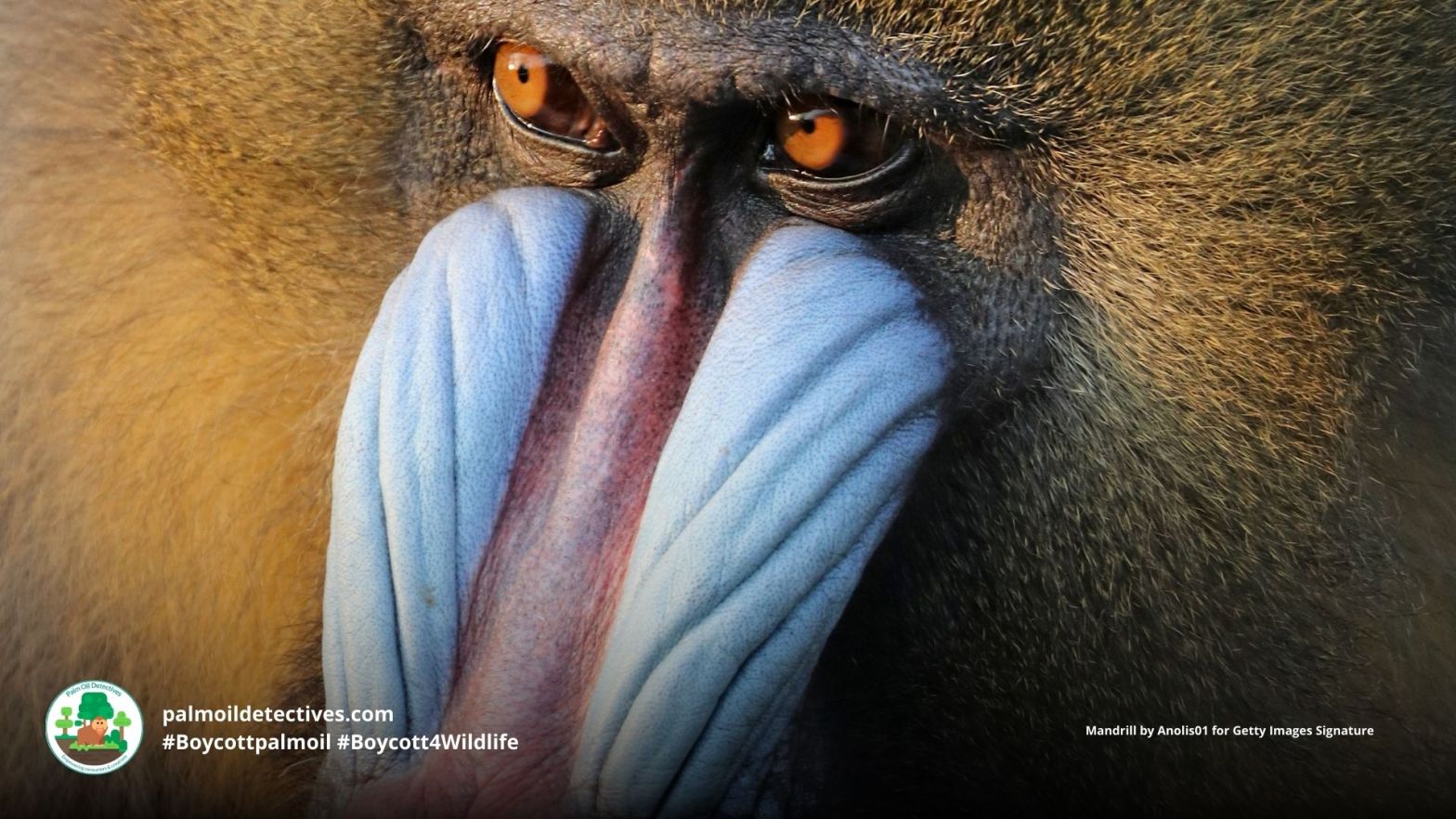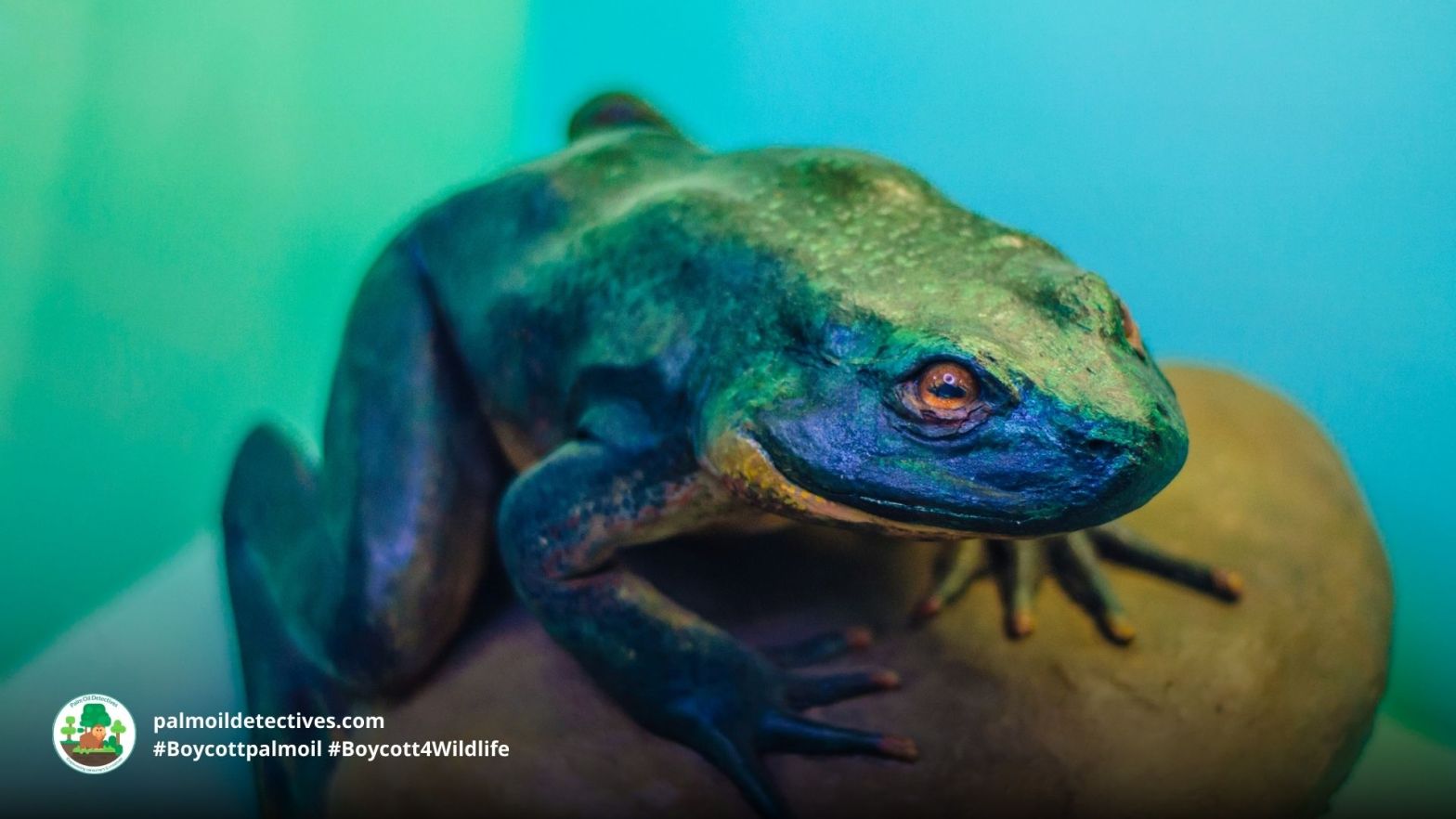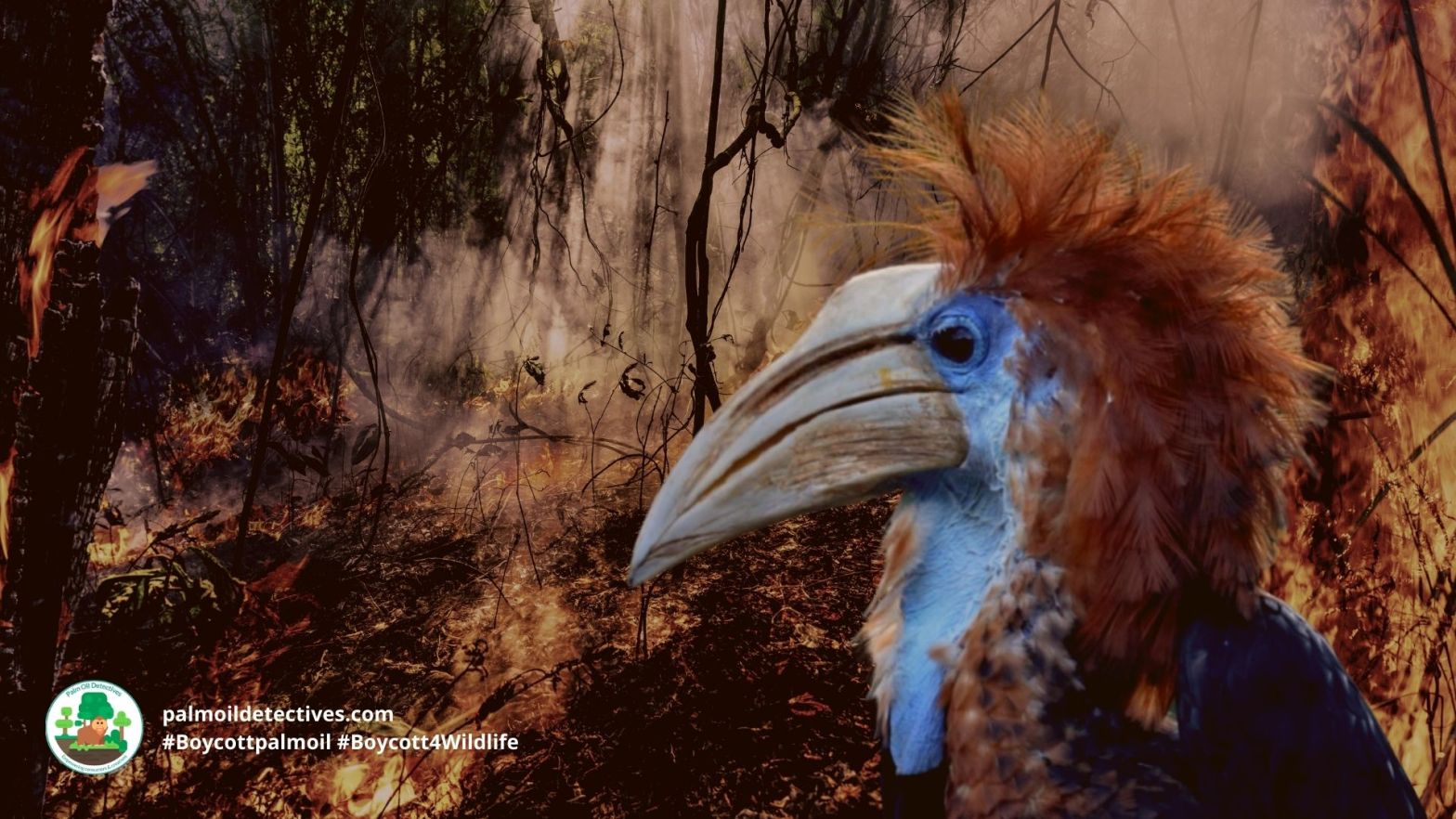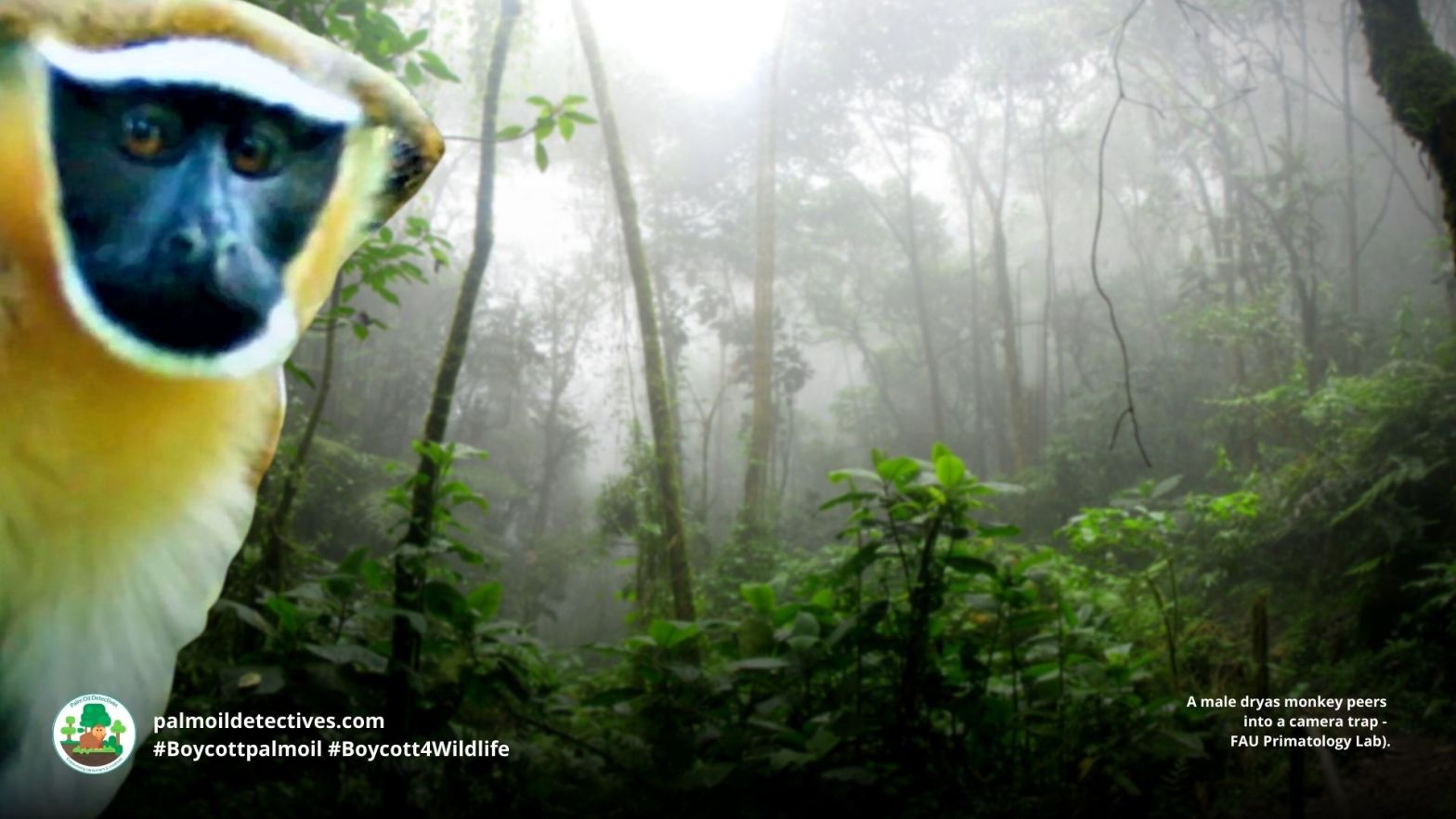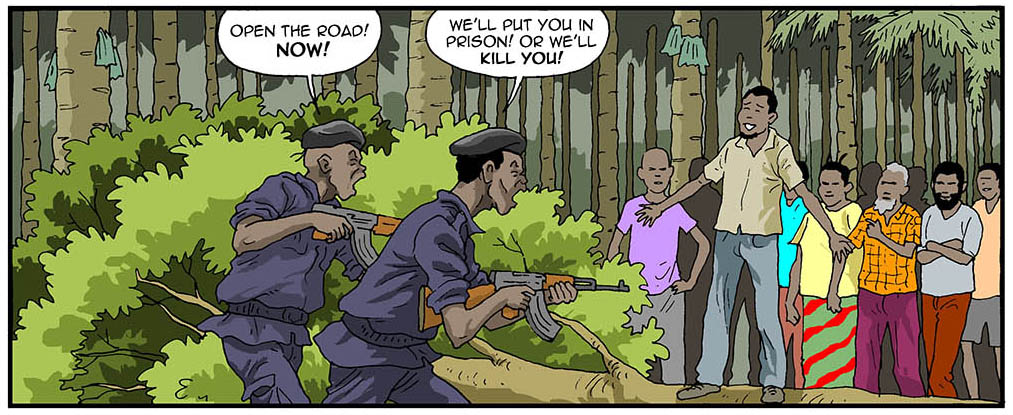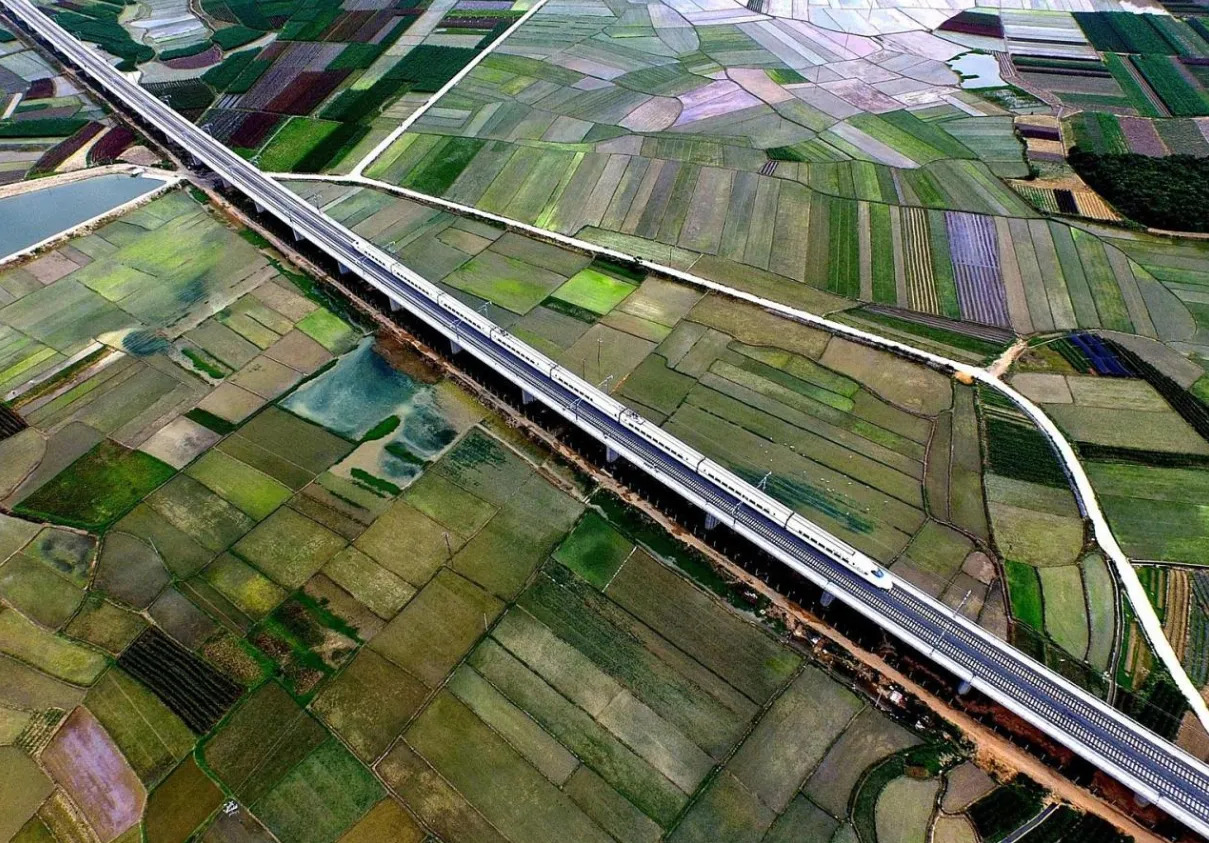Magnificent #mandrills are undoubtedly one of the world’s most photogenic monkeys – famous for their brightly coloured and expressive appearance. Their bright blue rumps and vivid red, yellow and pink faces become even more deeply colourful when they’re excited. Males use their extra long canines for self-defence, but exposing their teeth can also be a sign of friendliness. Mandrills are important seed dispersers and a critical part of keeping the ecosystem in balance. These beautiful monkeys are vulnerable from palm oil, meat and cocoa deforestation and intensive poaching. Help their survival and #Boycottpalmoil #Boycott4Wildlife
Tag Archives: African News
Goliath Frog Conraua goliath
Goliath Frogs are the largest frog in the world and can grow as large as a domestic cat. These muscle-bound #amphibians lift heavy rocks to build nests and protect their young. They face extinction from #palmoil #deforestation.
Their nesting and reproduction is hugely dependent upon access to clean, fast-flowing rivers – for this reason the encroachment of industrial scale palm oil, cocoa and timber deforestation and p0llution of rivers is a direct threat to the existence of the goliath frog. Help them every time you shop in the supermarket and #Boycottpalmoil #Boycott4Wildlife
Yellow-casqued Hornbill Ceratogymna elata
The yellow-casqued hornbill is one of the largest birds in the rainforests of West Africa weighing up to two kilos. They prefer to live high up in the rainforest canopy in Côte d’Ivoire, Ghana, Liberia, Mali and Sierra Leone. Their main threat is hunting and human persecution and they are possibly extinction now in some countries. Recent mass deforestation for mining, palm oil, cocoa and meat is also a threat and they are now vulnerable. Help them every time you shop and be #vegan, #Boycottpalmoil, #Boycott4Wildlife
Dryas Monkey Chlorocebus dryas
Dryas Monkeys are secretive and vividly colourful monkeys who hang on to survival in the forests of the Congo. There is estimated to only be 100-250 individual monkeys still alive. They are fruit-eaters and play a critical role in ensuring the dispersion of seeds and therefore the future health of the DRC’s rainforests. They are preyed upon by leopards in the Congo basin. However, the main threat they face is the illegal poaching and hunting by humans for bushmeat, along with deforestation for palm oil, mining and other commodities.
Protect them each time you shop by boycotting meat and palm oil in the supermarket. #Boycott4Wildlife
RSPO member SIAT leaves Nigerian farmers without food. Leases their illegally taken land for €1.23 Euros per hectare, per year
A 5-month investigation by Elfredah Kevin-Alerechi and Kevin Woke of Sahara Reporters reveals how RSPO member SIAT Nigeria Limited is involved in human rights abuses and land-grabbing on host communities’ lands. Journalists Elfredah Kevin-Alerechi and Kevin Woke also discovered that palm oil company SIAT who illegally took their land are leasing it for a mere 600 Naira (N600) per hectare annually – the equivalent of €1.23 Euros per year to lease it.
River pollution by pesticides and restriction by the company to land, where locals can grow food has meant that their food and water supply is contaminated – starvation is now an urgent problem.
All of this occurs under the guise of “sustainable” palm oil pushed by the RSPO to consumers. SIAT’s palm oil is used in consumer products by PZ Cussons (source), Nestle (source) and Danone (source). This is wh you should #Boycottpalmoil
Story via Sahara Reporters. Additional info: Chain Reaction Research
September 21st: International Day of Struggle Against Monoculture Plantations
Today is ‘International Day of Struggle Against Monoculture Tree Plantations. World Rainforest Movement have produced a powerful video to highlight the Ugandan people’s struggle against BIDCO an international company partly owned by global palm oil giant Wilmar, who are taking land by force from locals by making false promises and using coercion and violence. They do so under the greenwashing protection of the RSPO
Back from extinction: a world first effort to return threatened pangolins to the wild
The reintroduction of pangolins has not been easy. But it’s vital to prevent this shy, mysterious creature from being lost forever. Pangolins are one of the most illegally trafficked animals on the planet and are suspected to be linked to the current coronavirus pandemic. Pangolins are also one of the world’s most threatened species butContinue reading “Back from extinction: a world first effort to return threatened pangolins to the wild”
Chimpanzees once helped African rainforests recover from a major collapse
Most people probably think that the rainforest of central and west Africa, the second largest in the world, has been around for millions of years. However recent research suggests that it is mostly just 2,000 or so years old. The forest reached roughly its modern state following five centuries of regeneration after it was massively fragmented when the dry season suddenly became longer some 2,500 years ago. Help #chimpanzees to survive and #Boycottpalmoil #Boycott4Wildlife every time you shop
The people versus Feronia: Fighting palm oil agrocolonialism in the Congo
This incredible comic was created by Didier Kassai with research by Judith Verweijen and Dieudonne Botoko Kendewa of the University of Sussex and the University of Sheffield. The comic was originally posted by Cartoon Movement. The comic is based on field research conducted around the Feronia palm oil plantation in Tshopo province in north-east DR Congo.Continue reading “The people versus Feronia: Fighting palm oil agrocolonialism in the Congo”
Nigeria’s nature reserves need more help to protect biodiversity
Nigeria’s Federal Ministry of Environment recently nominated Finima Nature Park in River State as a Ramsar site: a wetland of international importance. Tajudeen Amusa, University of Ilorin These sites are designated under the Ramsar Convention, an intergovernmental environmental treaty established in 1971 by UNESCO. It aims to protect representative, rare or unique wetlands, or thoseContinue reading “Nigeria’s nature reserves need more help to protect biodiversity”
Almost 90% of the world’s animal species will lose some habitat to agriculture by 2050
David Williams, University of Leeds and Michael Clark, University of Oxford Scientists know that biodiversity is declining across much of the world although less universally and dramatically than we feared. We also know that things are likely to get worse in the future, with a combination of habitat loss, climate change and overexploitation set toContinue reading “Almost 90% of the world’s animal species will lose some habitat to agriculture by 2050”
Contagious yawns show social ties in humans and bonobos
Penny Orbell, The Conversation Most of us have experienced the overwhelming urge to yawn in response to another person yawning – but we’re not the only species to do this. Research published in PeerJ today shows bonobos – our closest evolutionary cousins – also experience “yawn contagion”, and, as in humans, the effect is influencedContinue reading “Contagious yawns show social ties in humans and bonobos”
How forest elephants move depends on water, humans, and also their personality
African forest elephants roam the dense rainforests of West and Central Africa where they subsist largely on a diet of fruit. They shape forests by dispersing fruit and seeds, browsing, and creating an extensive trail network. John Poulsen, Duke University and Christopher Beirne, University of British Columbia But because it’s difficult to track animals inContinue reading “How forest elephants move depends on water, humans, and also their personality”
Africa’s rainforests are different. Why it matters that they’re protected
Martin Sullivan, University of Leeds; Oliver Phillips, University of Leeds, and Simon Lewis, UCL Around 2 million km² of Africa is covered by tropical rainforests. They are second only in extent to those in Amazonia, which cover around 6 million km². Rainforests are home to vast numbers of species. For example, the world’s tropical rainforestsContinue reading “Africa’s rainforests are different. Why it matters that they’re protected”
Black-Throated monitor Varanus albigularis microstictus
The Black-Throated Monitor is a mighty and large lizard reaching over 2 metres long. They are threatened by agriculture deforestation and #hunting for their leather and meat in Tanzania, Africa. Help them every time you shop and #Boycottpalmoil #Boycott4Wildlife
The why, what and where of the world’s black leopards
Did you know that Black #leopards only differ from other leopards by the colour of their coat, a genetic variation that’s #recessive also known as melanism? One of their threats is #palmoil #deforestation. Help their survival #Boycottpalmoil #Boycott4Wildlife in the supermarket
On Overcoming Activism Exhaustion and Burn-Out
It’s Okay Not To Be Okay, But Not Okay to Remain That Way We all go through stuff that makes us feel no okay, maybe a phase/season/period/stage, etc. It’s okay for this to happen, and our feelings are totally valid. There’s nothing wrong with that. Just allow yourself to outgrow the situations. Remember, you areContinue reading “On Overcoming Activism Exhaustion and Burn-Out”
Where There’s Smoke There’s Fire: Let’s Sort the Plastic Menace
Smoke is a clear sign of something brewing up. The decision taken afterward determines the outcomes. If ignored, the fire may destroy everything. But if we bother to check out, we may save the day. It has been more than a month now since we heard the rumors of Kenya being used as a hubContinue reading “Where There’s Smoke There’s Fire: Let’s Sort the Plastic Menace”
Every Living Organism Has a Way of Communicating
Every living organism has a way of communicating. We may not be able to understand each other’s language. But its there and communication get passed from one organism to another. How do forests speak to us? If you have ever been into the woods and feel different ways nature talks to us. From the windContinue reading “Every Living Organism Has a Way of Communicating”
African grey parrots help each other in times of need
Corvids – birds such as ravens, crows, and magpies – and parrots are considered to be special among birds, as they have unusually large and densely packed brains. They show many cognitive capacities that are linked to an advanced understanding of their surroundings. This has earned them the name “feathered apes”. A recent study has found that it’s not only crows and ravens who help one another – grey parrots do as well.

